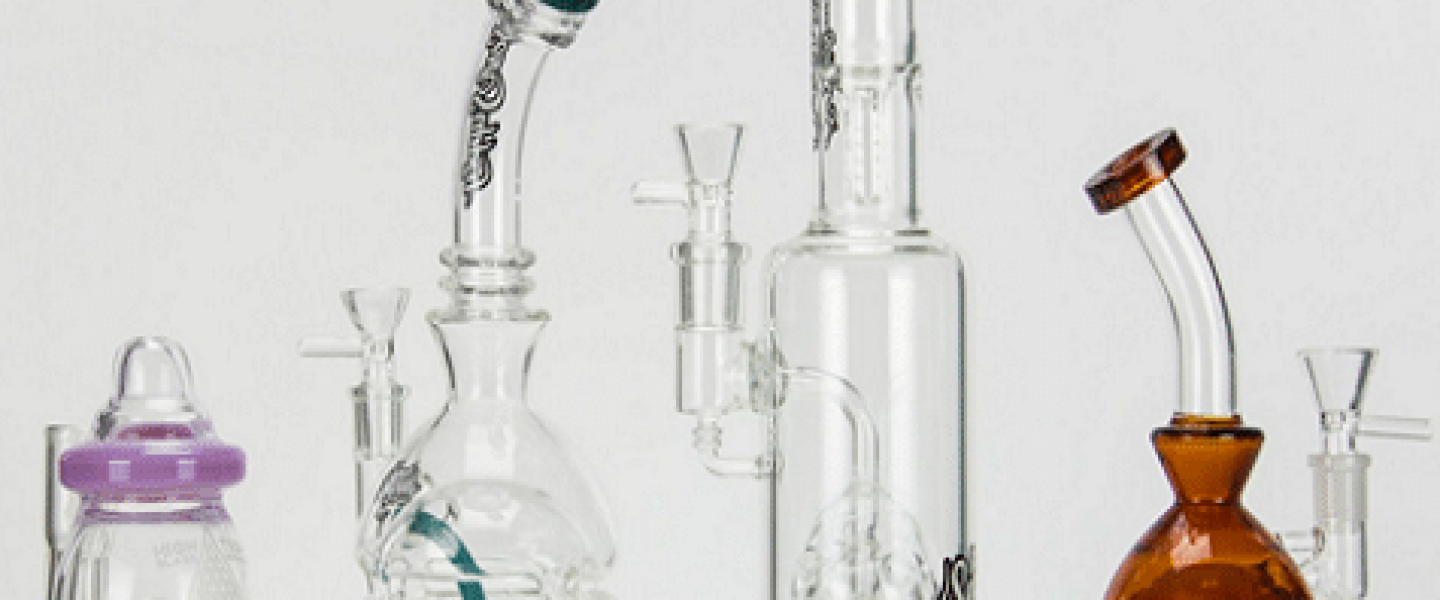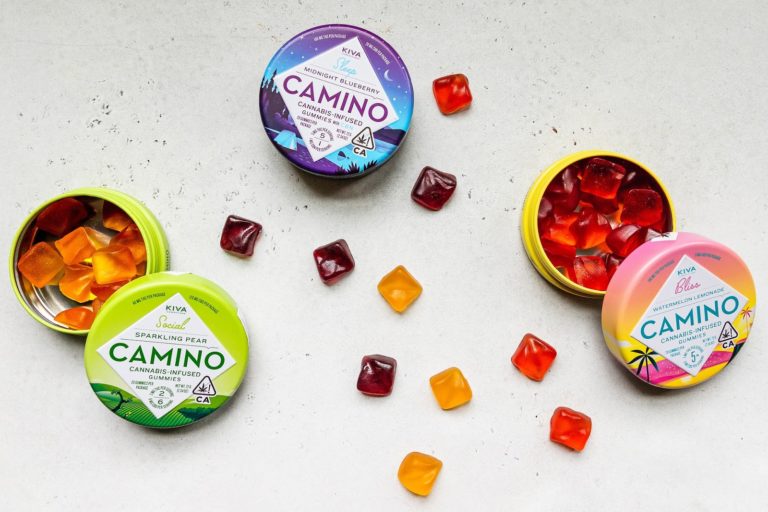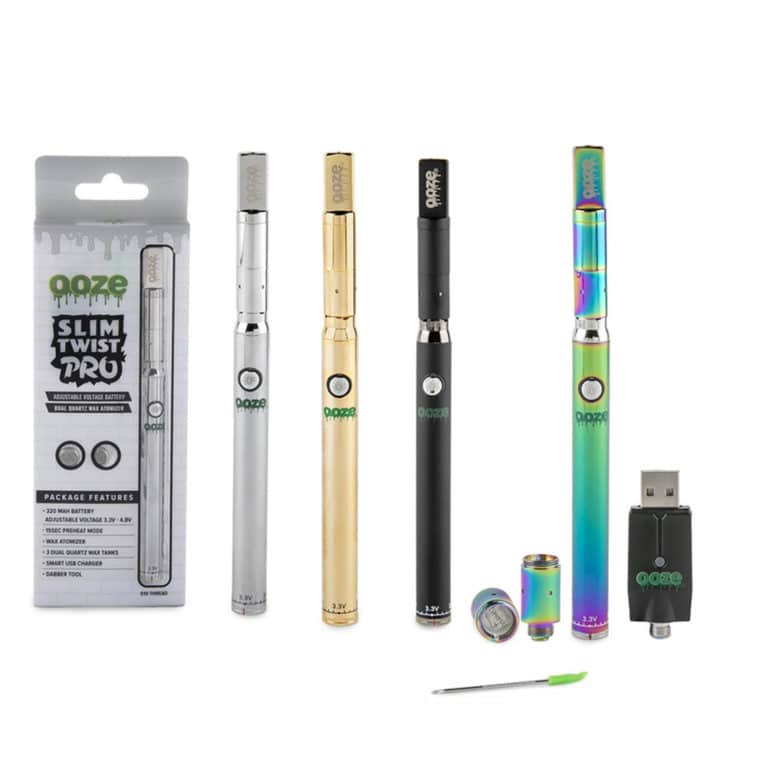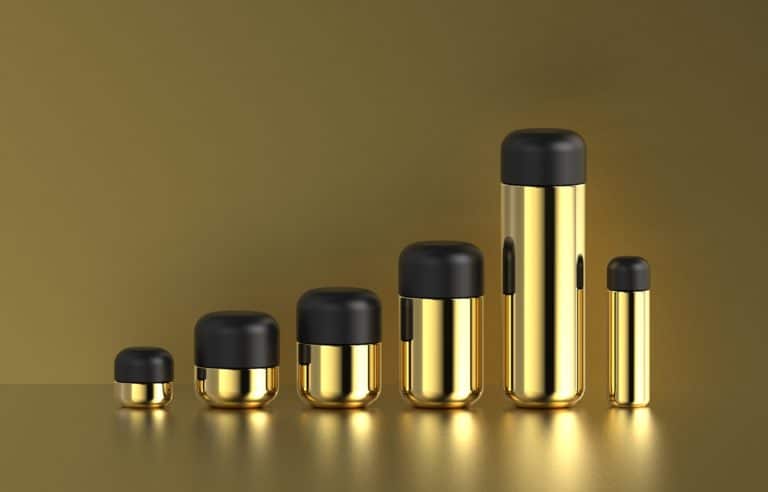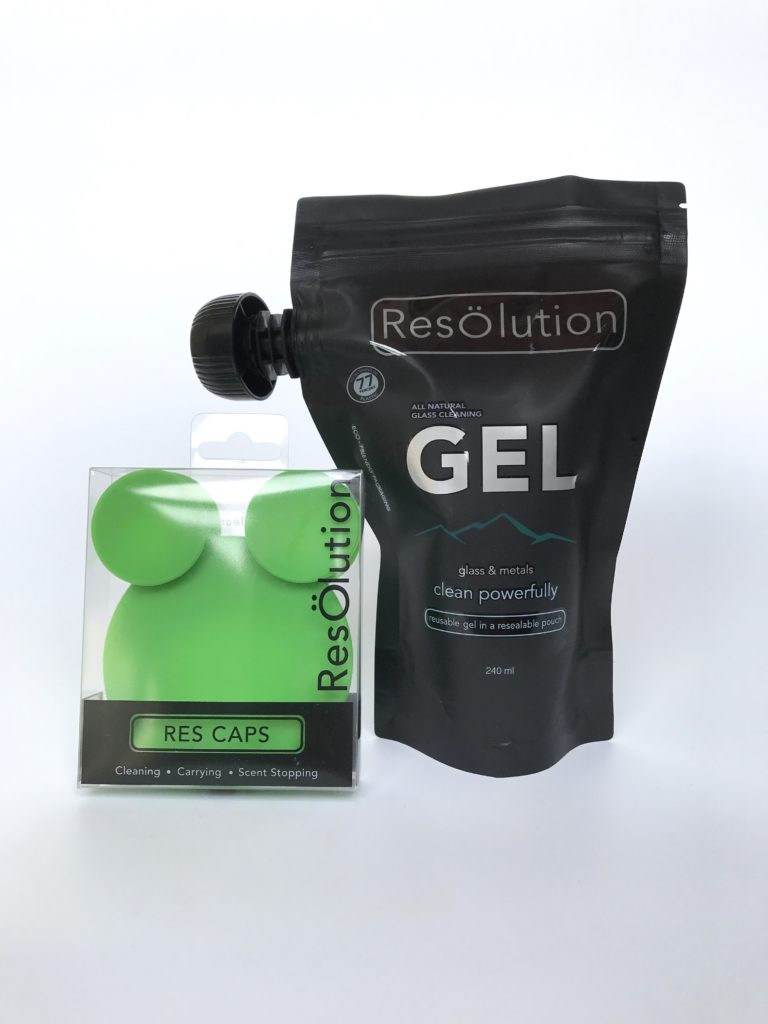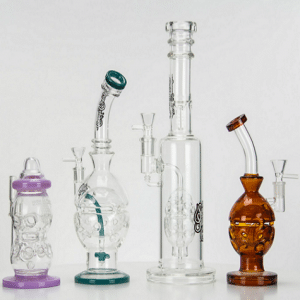 Percolators haven’t always been the central focus on water pipes, but in 2016, it’s one of the most important things a smoker can look for when selecting the right bong. Percolators use pressure differences to create diffusion, which will get you the coolest, smoothest, and most flavorful hits from your concentrates or dry herbs.
Percolators haven’t always been the central focus on water pipes, but in 2016, it’s one of the most important things a smoker can look for when selecting the right bong. Percolators use pressure differences to create diffusion, which will get you the coolest, smoothest, and most flavorful hits from your concentrates or dry herbs.
One particular percolator, the Faberge Egg percolator, has nudged its way to the top tiers in the percolatin’ world. The Faberge Egg is unique from other percolators in that its entire body shape functions as an entire diffusion machine. Living up to its name, the Faberge Egg — or Fab Egg for short — is shaped like an egg and uses several holes in its glass body to force the smoke and water to mix together and bounce and diffuse off its unusual surface area. The Fab Egg was originally sold as a dab rig for its amazing diffusion and flavor enhancing capabilities. Smokers made video reviews of it, wrote articles about it, and drooled over it from the counters of their local headshops. Everyone wanted one, and even still the Fab Egg stands out as one of the most desirable designs in functional glass. So where did these things come from, if not out of thin air? Bear with me, and let’s take a quick jump back to late 19th and early 20th century Russia.
The name “Faberge Egg” comes from the jeweled and heavily decorated Easter gifts that were sent by the artist Peter Carl Faberge and his company to the Russian Tsars Alexander III and Nicholas II and their family. Faberge created an entire line of these eggs from 1885 to 1917, making about 50 eggs total up until the Russian Revolution of 1917. The eggs that have been preserved are now kept in museums and archives for safekeeping. The Fab Egg style of bong takes its name from these Faberge Eggs likely due to its luxurious nature and the time and dedication it took Faberge in creating them for the royal family. Many Faberge Eggs also have patterns of diamonds and jewels that are similar to the hole patterns of the Fab Egg water pipe.
The path to the Fab Egg bong starts with another body perc, the Swiss Perc. The Swiss perc uses a similarly round, but much more narrow, body as the Fab Egg. The Swiss perc was named for its resemblance to a Swiss cheese wheel, and was fashioned by the glass artist Nate Dizzle. Dizzle started his own glass company in Seattle, Washington, SwissPercs, dedicated solely to creating water pipes that used the Swiss perc body style. The Swiss perc grew in popularity, and soon other glassblowers began to create their own designs that used the Swiss perc in new and different ways. Smoke Cartel’s own pieces such as “The Einstein,” which uses the Swiss perc on a recycler, and its smaller brother, “The Swiss Bliss,” have their own takes on this style.
Mothership Glass was the first company to take the next step in designing the Fab Egg. Founded by Scott Deppe in Bellingham, Washington, Mothership is known for its incredibly high-quality glass and equally steep price tag. The first Fab Egg was released in 2012 and started at $1,000, while some later models worked their way up to $7,000 or even $14,000. This model used what Mothership called the “Seed of Life” perc, an ornate puck-style percolator. The main chamber used the Swiss perc-style of holes to create its unique surface area. The Fab Egg was so immediately popular and rare as a dab rig, that some smokers would even drive across the country just to score one.
This new water pipe design inspired many companies to take a spin with their own innovations. High Tech’s signature baby bottles use the hole-style as well, but the curves of the bottle allow for even more diffusion. Pulse Glass even used the style in the body shape of a little man, called the “Munny Rig,” to add more aesthetic appeal to the perc. Smoke Cartel even sold its own take on the Fab Egg, called “The Othership” and its more vibrant brethren, “The Colorship,” that was inspired by the Mothership design, but using a showerhead perc and ceramic nail. Other designs like “The Popper” and “The Thunderdome” take Fab Eggs and place them inside of larger chambers.
Perhaps some of the freshest innovations of the Fab Egg come from Sesh Supply. Sesh Supply’s “Pheme” takes the design and makes it small enough to work as a bubbler. The straight downstem and showerhead perc on this piece allow for greater possibilities for flavor. The “Circe” and it’s smaller counterpart, the “Ossa,” use Sesh Supply’s unique propeller perc to spin up a different kind of diffusion. The propeller gives the water more momentum to account for the pressure difference, which then allows the smoke and water to bounce up against the body and create more bubbles to better cool down the smoke. The “Gaia” is an ambitious design that takes the Fab Egg and sticks inside of a larger fat can with a dome perc and splash guard. This makes the Fab Egg style better for flower users looking to get massive rips from their diffused smoke.
The Faberge Egg body style has made its way through a variety of changes, and still continues to grow and change as more innovators take the stage in the glass industry. With all of the options, it’s up to you to decide what style of diffusion works best for you. There is no right or wrong answer, just a lot of smokers looking for a pleasurable experience. You can find High Tech Glassworks, Pulse Glass, and Sesh Supply products all on Smoke Cartel, where we want you to have the options that you deserve.


